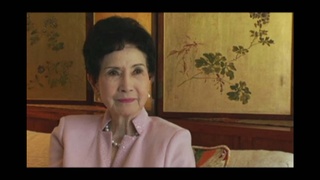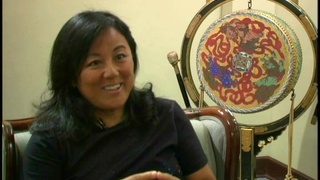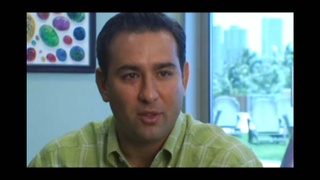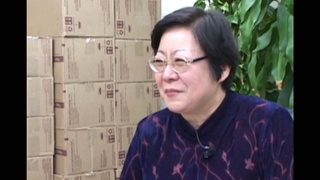Interviews
My daughter’s identity (Japanese)
(Japanese) I let my daughter decide it. I don’t tell her that she is Brazilian or Nikkei. I let her find it as her school environment changes.
Well, it’s because I believe that the place we live in now is a very good environment for my daughter, with a lot of foreigners around, and she can naturally interact with Japanese children who interact with many foreigners. I feel like such environment is the best for her now. And in the future, though, as she grows up and when she leaves Oizumi-machi, Ota city, people around her, they might say something that troubles her. But to prepare for when such thing happens, to make ourselves proud of this place where we have connections to Brazil and Japan, we just need to work hard.
Date: October 18, 2016
Location: Gunma, Japan
Interviewer: Shigeru Kojima
Contributed by: Watase Media Arts Center, Japanese American National Museum
Explore More Videos

Memories of railroad workers who stayed at family's prewar hotel in Spokane, Washington
(b. 1923) Chick sexer


Growing up with Japanese language and values
(1925 - 2018) Nisei educator from Hawai‘i

I’m a Japanese, Peruvian… who am I? (Spanish)
(b. 1962) Peruvian Poet, Okinawan descendant

Fitting back into American life
(1928 - 2008) Drafted into both the Japanese Imperial Army and the U.S. Army.

Helping youth in the community
(1928 - 2008) Drafted into both the Japanese Imperial Army and the U.S. Army.

Three important things learned from father
Hawaiian businessman, developer.


The identity crisis of Peruvian children in Japan (Spanish)
Japanese Peruvian in Japan

On Getting the Call from J. Anthony Kline
(b. 1942) The first Asian American woman judge


Father's Sacrifice
(1941-2018) Japanese Canadian photojournalist and activist

Growing Up in Japan
(b. 1930) Half Japanese and grew up in both Japan and the United States.

Fifty Years and Going Strong
(1938-2020) Japanese American attorney and civil rights activist

Pop and Balls
(1938-2020) Japanese American attorney and civil rights activist
